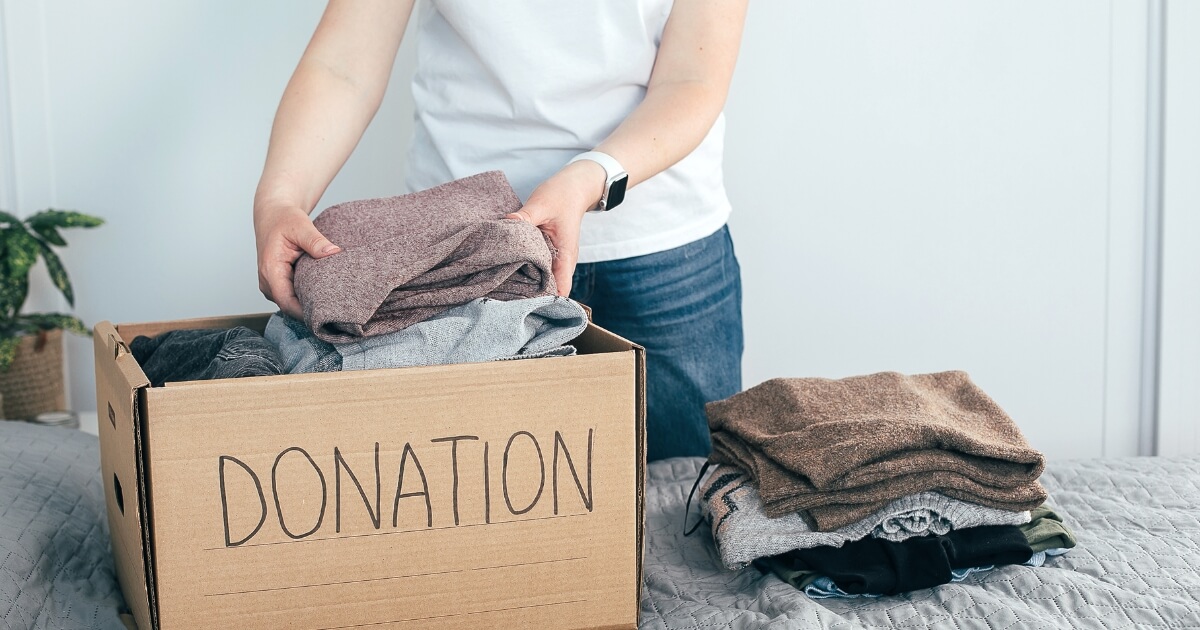The big moving interstate checklist
Are you preparing to move interstate? It might feel like a big deal and an exciting adventure to get started on but before you do, you want to be sure you’ve got everything sorted.
This moving interstate checklist will help you to stay organised and make sure you don’t miss anything important - like getting your power turned on - in your new place.
Phase 1: research & plan
This checklist starts at the very beginning - before you even have a place. So you can start here with researching your new opportunities or skip over that if you know where you are going.
Our comprehensive moving checklist will also be very helpful in organising your move. Combine it with this one where we cover more interstate considerations more specifically.
To do:
- Research the new state you are moving to, including the cost of living, housing options, and which areas you might want to live in for work plus job opportunities.
- Make a moving budget to estimate expenses and plan accordingly. Our moving interstate calculator can help you estimate moving costs.
- If renting, notify your real estate agency (if applicable), submit your intention to leave forms and arrange for the return of any deposits.
- If you own a house, make decisions regarding selling or renting out your home and start arranging for this.
- Check if there are any regulations regarding pets in your new state that could impact you or your move (required vaccinations, council rules, etc).
Phase 2: organise services
Once you know where you are going and when, you can start getting your services organised.
What you need to know first:
- The date you are leaving your current home
- The date you will start living in your new home
- Which companies service the new area and state you are moving to.
Service & utility companies you may need to organise:
- Electricity
- Water
- Gas
- Internet
- Phone (be sure your current provider covers your new location adequately)
- Also, consider any subscriptions you have that won’t apply in your new state (like newspaper or magazine subscriptions or gym memberships) and cancel what you need to.
To do:
- Contact service and utility companies to schedule disconnection dates or transfer services to your new address.
- Notify your current post office of your move and set up mail forwarding to your new address.
- Research and choose reputable interstate removalists or decide if you will handle the move yourself.
Phase 3: organising, sorting & selling

When moving interstate, you really want to think about what you’re bringing with you as often it’s a long way to move your things. Is it cheaper to put your lounge in a moving truck or to get a new one in your new place? (See interstate furniture transport tips.)
If you know where you’re moving to, consider how your current furniture will fit your new home. If it will not work well, or if you have a lot of things your kids used in the past but don’t now, this is a good time to make decisions on selling or donating those items.
To do:
- Declutter your belongings by sorting them into categories: keep, donate, sell, or throw away.
- Start your selling and donating efforts to help minimise the work you need to do closer to moving day.
- Organise important documents, such as medical or dental records, financial statements, and legal paperwork (like insurance), and keep them in a secure place. Label clearly.
- Be sure to know where all your important ID documents are: birth certificates, passports, driver's licences, medicare cards, etc.
- Create an inventory of your belongings, especially valuable or fragile items, for insurance purposes.
Phase 4: packing
- Gather packing supplies such as boxes, bubble wrap, packing tape, and markers.
- Start packing non-essential items well in advance to reduce last-minute stress.
- Clearly label each box with its contents and the room it belongs to in your new home. This will make unpacking easier.
Phase 5: changing your address & notifying institutions
- Update your address with the following entities:
- Banks and financial institutions (let your credit card company know you’re moving)
- Insurance companies
- Government agencies (ATO, electoral division, Centrelink, department of transportation for rego and licenses)
- Health insurance provider
- Employer and/or schools
- Family and friends
Phase 6: preparing for your interstate move
- Confirm the moving date with your interstate removalists or rental truck.
- Make travel arrangements for yourself and your family, including any pets. (Resource: how to keep your pets comfortable during an interstate move.)
- Pack an essential box with items you'll need immediately upon arrival and potentially during travel to your new location, such as toiletries, clothes, bedding, and basic kitchen supplies.
- Arrange for temporary accommodation if needed, especially if there will be a gap between leaving your current residence and moving into your new one.
- Take care of any necessary repairs or cleaning in your current home before moving out.
We have more moving interstate tips here.
Phase 7: moving day
- Supervise & be on hand to communicate with your removalists during the loading and unloading of your belongings
- Double-check that all utilities are disconnected and the house is secure before leaving.
- Take final meter readings and photographs of the condition of the property
- When travelling across state lines to your new home, be sure you know the rules about which fresh fruit and vegetables you can bring with you in your car or make a plan about when you can buy and where.
Phase 8: settle into your new home
- Upon arrival, inspect your new home for any damages or issues and document them.
- Unpack essential items first, then gradually unpack and organise the rest.
- Update your address with any remaining institutions you weren’t able to inform previously
- Explore your new area, find nearby amenities, and register with new doctors, schools, and service providers.
- Register your vehicle(s) and obtain a new driver's license within the required timeframe.
Remember, this checklist is a general guide, and you may need to customise it based on your specific circumstances and the states you are leaving and entering. And good luck with your interstate move! If you need help or would like a free and no-obligation quote on moving costs, contact us here.
Other interstate blogs to help you move successfully:

